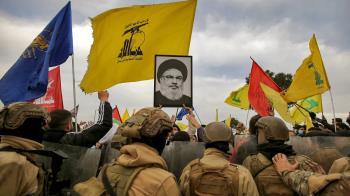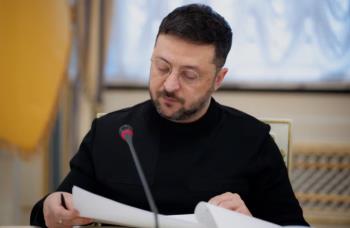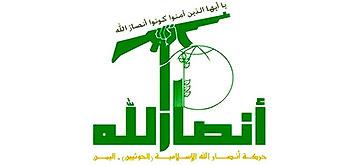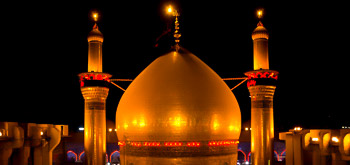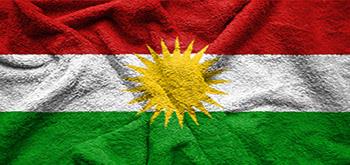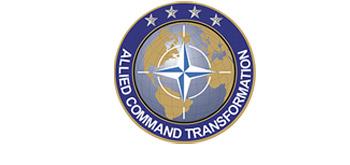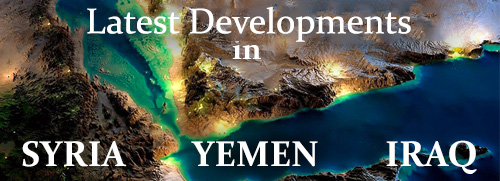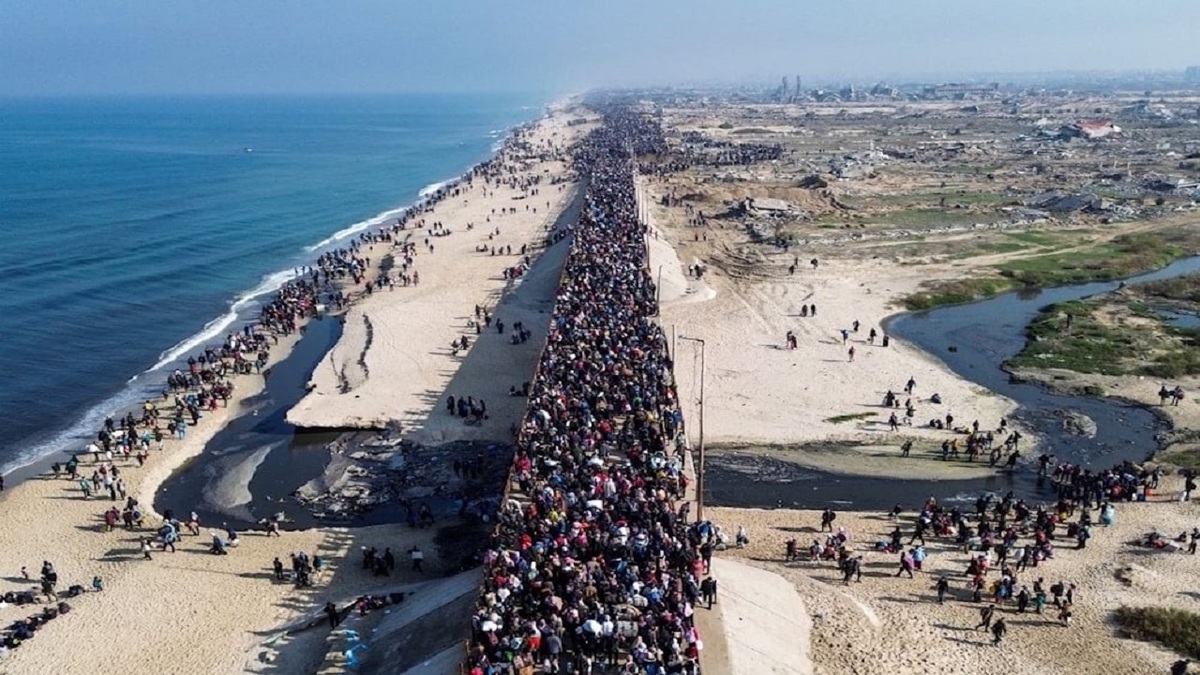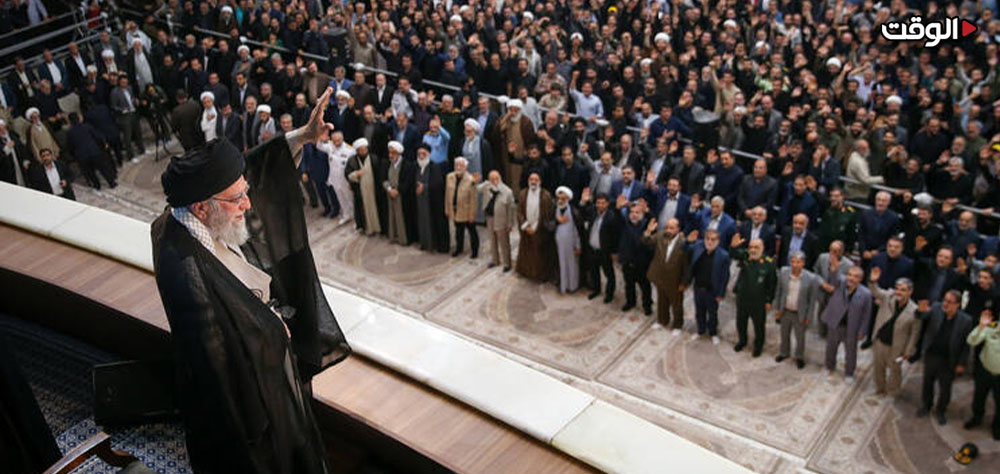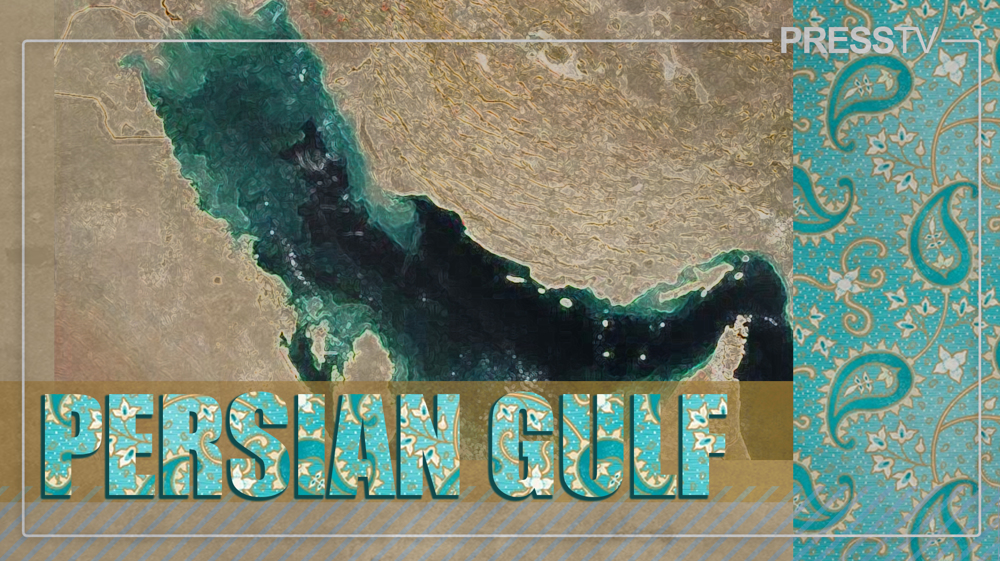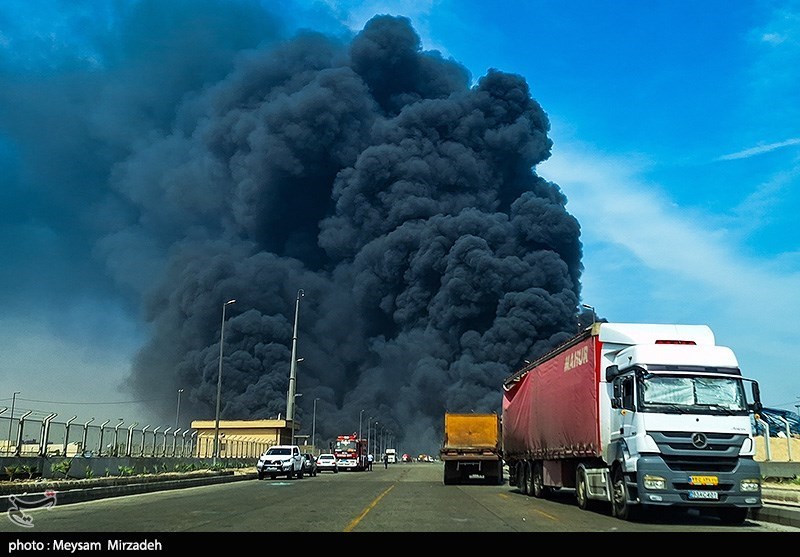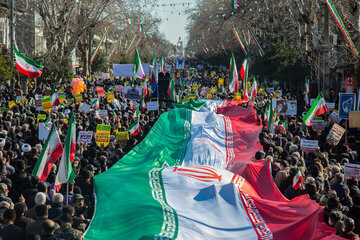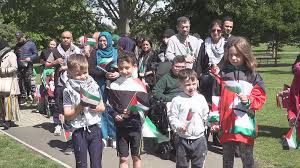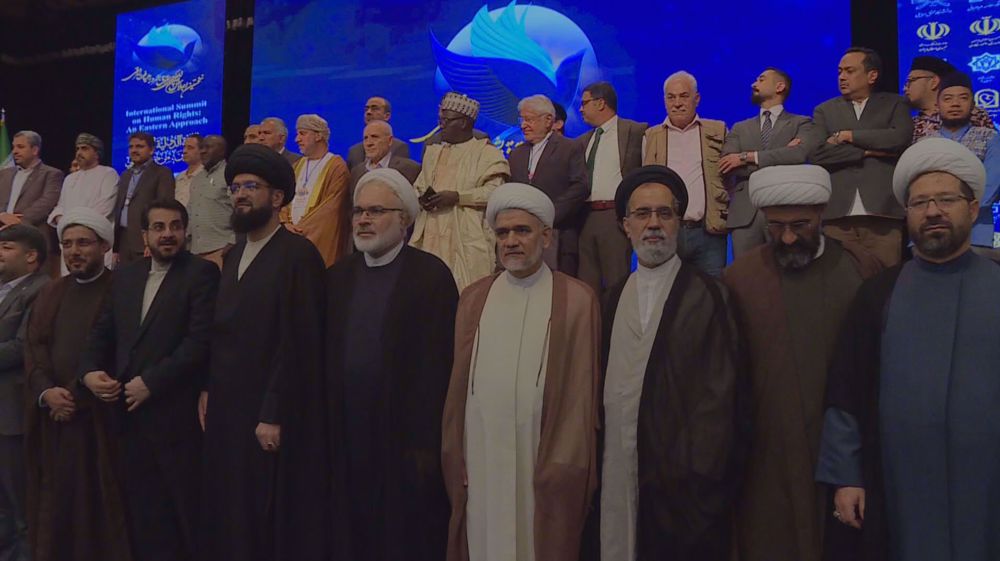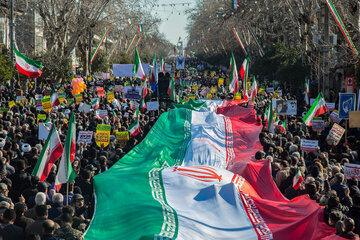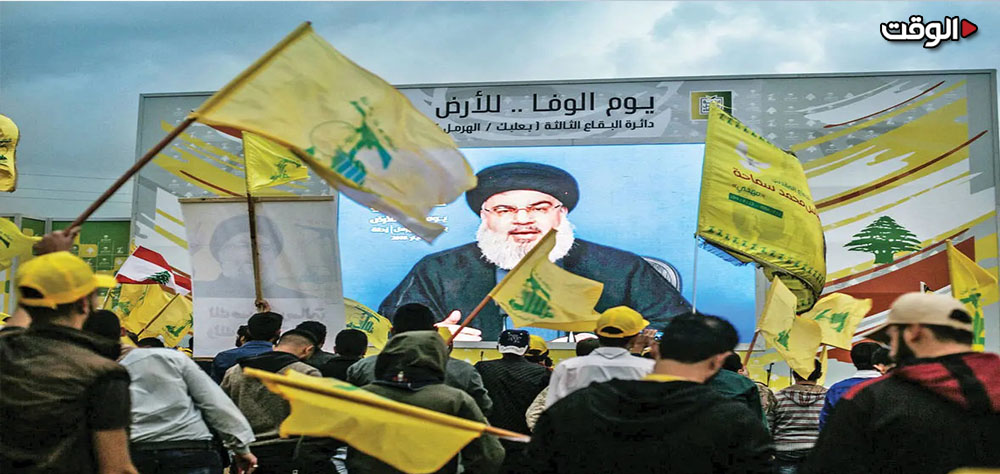Alwaght- While the US President Donald Trump in recent days unveiled his controversial plan for forced migration of Gaza people to neighboring Egypt and Jordan, the Palestinians in a contrary move and under the ceasefire deal returned to the north of the war-ravaged coastal enclave to show that they will never submit their land to the enemies.
In this context, after several days of procrastination by the Israeli regime for return of refugees to northern Gaza, the dual routes in the center and coastline of Gaza were finally opened on Monday, and hundreds of thousands of Palestinians from the central camps on the coast near Nussirat crossed Al-Rashid street to the north.
Scenes released of Palestinians moving on foot or in vehicles from the south to the north of Gaza showed how Israel's plans to divide Gaza in half and remain in the strip collapsed in just a few days, leading to a change in the equations of war that some have called the most devastating war in recent decades.
The return of the Palestinians to the north followed release of Israeli woman prisoner Arbel Yehoud by Qassam Brigades, the military wing of Hamas.
By handing over this Israeli prisoner, Hamas tried to eliminate Israeli Prime Minister Benjamin Netanyahu's excuses to prevent the return of the refugees to the north, and subsequently, with the withdrawal of the Israeli army from the Netzarim Corridor, the process of the return of the displaced civilians began.
According to the agreement between Hamas and the Israeli army, vehicles can return to northern Gaza via Salah al-Din Road, Gaza's main highway, after inspection.
Images circulated on social media showed thousands of Palestinians walking along the Al-Rashid coastal road to northern Gaza, with two Palestinians hoisting the Palestinian flag. The streets of the northern areas were also decorated with banners and handwritten messages welcoming the resistant Palestinian citizens.
According to the UN Office for the Coordination of Humanitarian Affairs, more than 376,000 displaced Palestinians have returned north in two days.
The government information office in Gaza also announced that 80 percent of the displaced have returned to the northern areas so far. However, the vast majority of Gazans who return to the north despite this destruction are faced with rubble rather than their homes, which have been reduced to ruins by Israeli carpet bombings over the past 15 months.
Resistance groups described influx of people returning to the north as a "great victory" for the Palestinian nation over the Israeli occupation.
In a statement, Hamas said that the return of the displaced is "a great victory for our people and a declaration of defeat for the occupation regime and its plans to displace the Palestinian people."
Islamic Jihad also considered the return of the displaced people as a sign of shattering of the dream of all parties that had counted on the forced displacement of the Palestinians, and stressed that the "steadfastness of our people will thwart any plans of the enemy."
The return of Palestinians to northern Gaza has rekindled hopes for continuation of life, and residents are trying to rebuild Gaza and make a new history, away from all problems.
Failure of the policy for forced migration of Palestinians
Although the Palestinians had to live in the northern Gaza Strip for a while in ruins, this legendary return showed that the will of the Palestinians to stay in their land is stronger than military and economic pressures.
Their occupying enemy, despite using all its means to destroy the inhabitants of this strip, did not achieve any results in practice. With its extensive attacks on the northern Gaza Strip and the destruction of this area within the framework of the "generals' plan", the Israeli regime intended to force the Palestinians to permanently leave this area and pave the way for geographical and political changes, but the return of the Palestinians in masses showed that this policy has failed in practice and that the Palestinian people will not give in to evil Israeli plans despite the difficult conditions.
During the war, even 200,000 Palestinians refused to leave the northern Gaza Strip despite the extensive attacks and repeated threats by the Israeli officials, and now that hundreds of thousands more have returned to their homes, the plans for forced displacement of them is doomed to failure.
Failure of political and security strategy of Tel Aviv
Israel attacked Gaza with the excuse that it had become Hamas’s stronghold and under the generals' plan, it claimed it wants to drive Hamas out of the region and block the way of arms smuggling from Egyptian borders, but return of the refugees without any security guarantees from the resistance groups showed that the military operations have not managed to change the security and military equation.
On the other hand, the return of thousands of Palestinians to their devastated areas after months of displacement is stirring up global public opinion against Israel. Publication of scenes of the scale of the destruction from the northern regions in recent days is increasing international pressure on Tel Aviv and questioning the legitimacy of the regime's actions. As global awareness of the critical situation in Gaza increases, calls for an end to the siege and reconstruction of the affected areas will increase.
Saving Palestinian unity and analysts
While analysts and Israeli media consider the ceasefire agreement and the return of refugees to northern Gaza a major defeat for them and are deeply upset about this issue, the story is different for the Palestinians.
One of the goals of the Israeli regime in the Gaza conflict was to weaken the national solidarity of the Palestinians and separate them from the resistance groups, but the return of the refugees sends signals of resistance and national cohesion of the Palestinians. The return of the refugees, even to ruins, shows the people's commitment to their land, and this can greatly beef up the Palestinian national identity.
This epic return showed that the policies of Palestinian resistance against Israeli pressure have been effective and that the people are still willing to pay a heavy price to remain in their homeland. However, major challenges still face the refugees. The widespread destruction of homes, the lack of health care and medical facilities, and security threats remain serious problems.
Effects of return of refugees on field and political stages
Return of the Gazans to the north can have substantial effects on the future of ceasefire agreement both in terms of battleground and politics.
The return of thousands of displaced people to the devastated areas will increase international pressure to extend the ceasefire. Countries such as Egypt, Qatar and the US, which were parties to the negotiations, are likely to pressure Israel to adhere to the ceasefire for a longer period.
The return of people to the ruins will make the issue of rebuilding Gaza a priority, which could push the mediators towards new negotiations for reconstruction under international supervision. The arrival of construction materials and equipment is essential for the reconstruction of the northern areas, and this may lead to increased pressure on the government of Netanyahu to ease the economic blockade and allow aid in.
Some observers believe that Israel, which is currently facing serious challenges internally, may be forced to accept a more sustainable agreement and reduce the intensity of its attacks in order to manage the security situation and steer clear of next-level humanitarian crisis in Gaza.
Furthermore, the large presence of civilians in the northern regions makes it difficult for the occupation army to easily resume large-scale attacks after the ceasefire ends.
If Netanyahu government wants to re-attack these regions, it will face fresh waves of displacement and political pressures and this can increase the war costs of Tel Aviv and make it more cautious in future decisions.
The return of the displaced civilians to the north does not only mean failure of forced migration and demographic engineering policies of hardline government of Netanyahu, but also demonstrates the firm will of the Palestinians who with each war have grown stronger and more determined to fight the occupying enemy.

